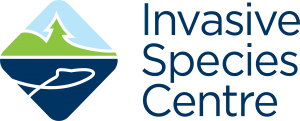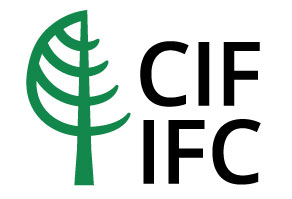Forestry contributes significantly to Canada’s economy. Preventing the spread of invasive species will help protect our forest industry.
Canada’s strong forest economy contributes $25.8 billion to the national GDP and accounts for ~7% of Canada’s total annual exports. Canada’s annual timber losses due to invasive species are estimated at 61 million cubic metres (m³), equivalent to $720 million in losses (CFIA, 2004).
Impacts of Invasive Species
Mountain Pine Beetle (MPB): A decrease in the timber supply of pine due to MPB outbreaks could have negative consequences on forestry-based communities in Western Canada.
Hemlock Woolly Adelgid: Eastern hemlock is processed for use in general construction or as pulp.
Buckthorn: The average cost to treat buckthorn was approximately $202/hectare. This cost can vary significantly depending on treatment method, product used, and buckthorn density (Simcoe County, 2020). The costs in urban forests can be significantly higher (Winmill, 2021).
Invasive Earthworm: This species consumes forest floor leaf litter which can lead to tree seedling, fern, wildflower, and water quality decline.
Heterobasidion Root Disease: This fungus can lead to decline in red pine stands if left untended and is one of the most economically important forest pathogens in North American forestry.
Asian Longhorned Beetle (ALB): The potential cost to remove and replace impacted street trees in the event of a new ALB introduction ranges from $8.6 billion to $12.2 billion while damage to merchantable maple timber was evaluated between $1.6 billion and $431 million (Pedlar, et al., 2020).
Thousand Canker Disease: Can lead to mortality and reduced supply of Black Walnut, which is commonly used for furniture and instruments.
Dog-strangling Vine: Can grow up to 2 metres high, forming dense stands that overwhelm and crowd out native plants and young trees, preventing forest regeneration.
Garlic Mustard: It’s allelopathic; the chemicals produced in the roots have been shown to prevent the growth of tree seedlings and desirable understory plants.

Economic impacts to the forest industry result from the loss in timber product value or from measures that need to be taken to avoid those losses.
For example, heterobasidion root disease (HBD) and other stressors to red pine can lead to tree mortality and economic loss. Applying chemicals like Rotstop® C will protect the tree late into the harvest cycle, which helps in the long-term, but is an additional expense (Simcoe County, 2020).

Examples of invasive species that affect Canada’s forests:
38% of Canada’s land area is forest; 4.7% of Canada’s forest has been disturbed by insects (Natural Resources Canada, 2020).
Canada’s forest industry employs over 300,000 Canadians
(Natural Resources Canada, 2020).
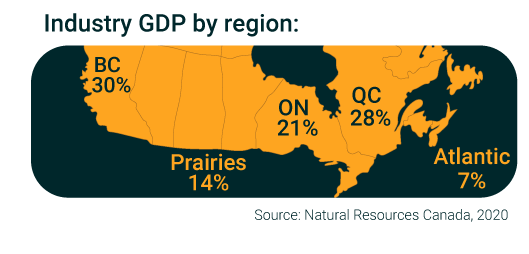
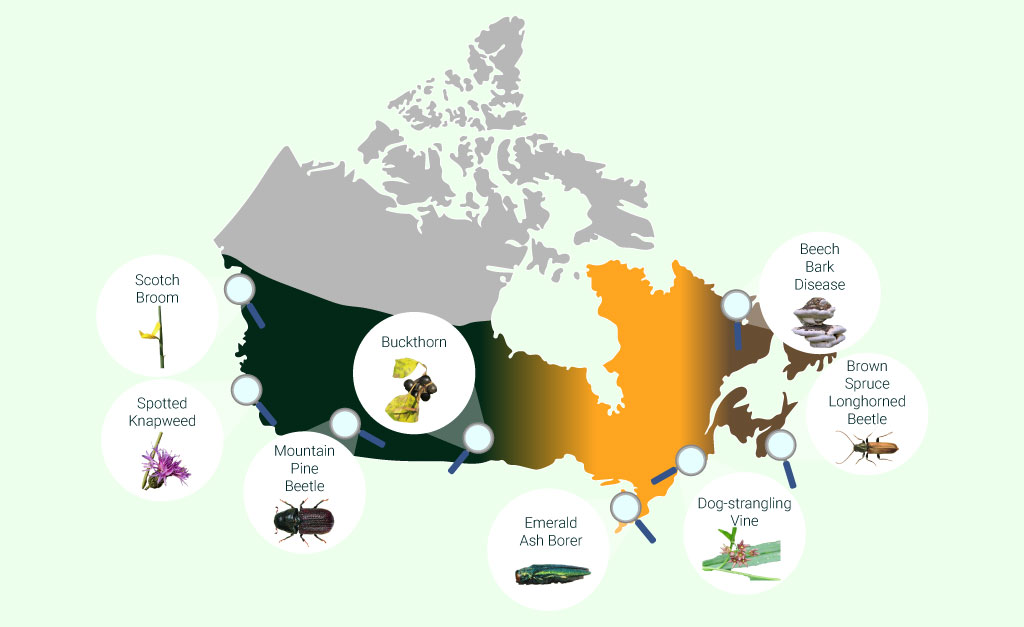
Natural Resources Canada; Beech Bark Disease: Nicholas_T, Flickr
Case Study: Beech Bark Disease in Haliburton Forest
Beech bark disease (BBD) occurs when an invasive scale insect feeds on beech bark creating cracks that are used by native canker fungi to enter the tree more easily. BBD is found throughout the Maritime provinces and across the range of beech in Quebec and Ontario. In Ontario’s Haliburton Forest, BBD was found 10 years ago. Now most beech trees are infected, and BBD is expected to cost $5 million dollars in lost product value between 2017 and 2025. For methods to safely remove BBD infested trees refer to the Ontario Tree Marking Guide (2004).
Quick Fact
The Mountain Pine Beetle’s range expanded exponentially in the 2000s which led to an estimated loss of 752 million m³ of wood fibre, which is 58% of the total merchantable pine volume in Western Canada.
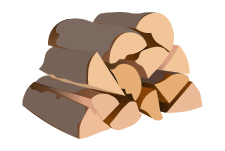
Protect Canada’s forest industry by following clean equipment protocols on the job site, providing training on the identification, signs, and impacts of invasive species, and getting involved in sustainable forestry product standards. Have you seen an invasive species? Report it at invasivespeciescentre.ca/report-a-sighting!
Download a PDF of this factsheet here. Want a high-quality PDF for printing? Please email info@invasivespeciescentre.ca.
References
CFIA. (2020). Overview of Canada’s forest industry. Canadian Food Inspection Agency. Retrieved from
Government of Canada website.
Haliburton Forest. (2020). BBD impact to Haliburton forest. (Personal communication, December 11, 2020).
Natural Resources Canada. (2020). State of Canada’s Forests – Annual Report 2020. Government of
Canada. Retrieved from Government of Canada website.
Pedlar, J.H., McKenney, D.W., Yemshanov, D., & Hope, E. (2019). Potential Economic Impacts of the Asian
Longhorned Beetle (Coleoptera: Cerambycidae) in Eastern Canada. Journal of Economic Entomology: 1-12.
Simcoe County. (2020). SC Buckthorn Analysis. (Personal communication, January 11, 2020).
Simcoe County. (2020). SC Rotstop Analysis. (Personal communication, January 11, 2020).
Winmill, A., MScF, RPF. (2021, January 26). A novel control of buckthorn on the landscape. Lecture presented at The forest on your desktop in Canadian Institute of Forestry, Online.
Additional Resources
Ministry of Natural Resources and Forestry: Forest Management Guide for Conserving Biodiversity at the Stand Site Scale
Ontario Invasive Plant Council: Clean Equipment Protocol
Invasive Species Council of BC: Forestry Operations
Invasive Species Council of BC and the Government of British Columbia: Best Practices for Preventing the Spread of Invasive Plants During Forest Management Activities
Ontario Woodlot: Ontario Tree Marking Guide
Produced By:
